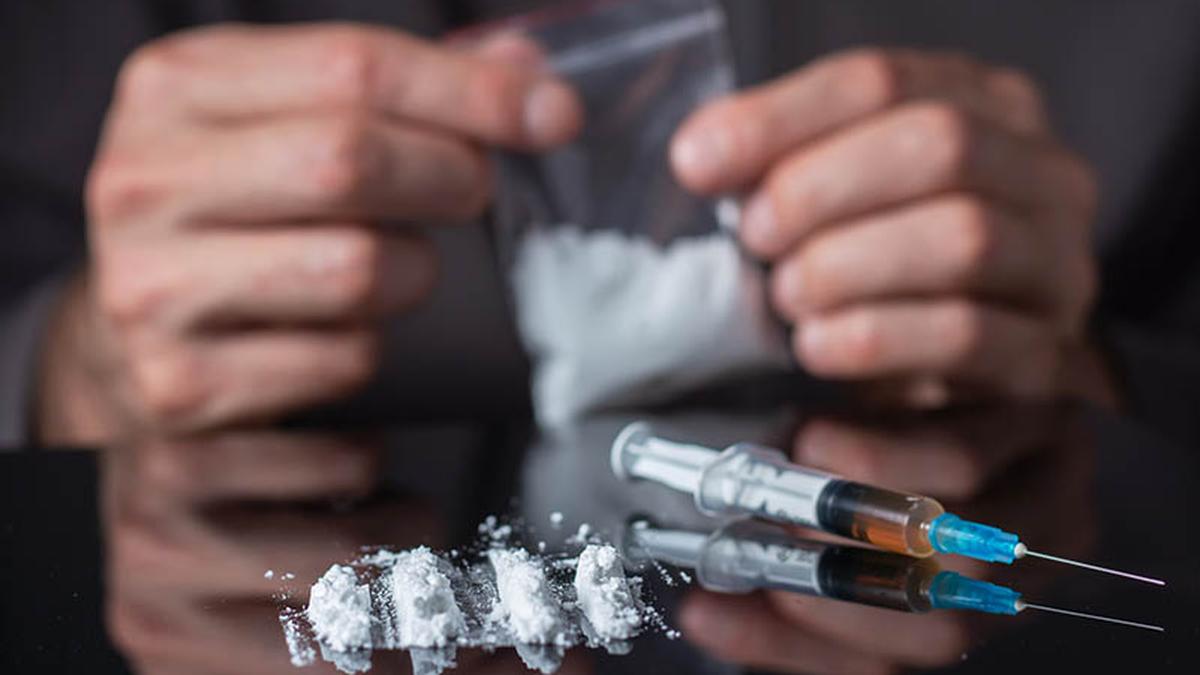Understanding the health threats to athletes from doping Premium

Understanding the health threats to athletes from doping Premium
The National Dope Testing Laboratory got approval from the World Anti-Doping Agency (WADA) to manage the Athlete Biological Passport (ABP) on December 6, 2024. ABP is an advanced anti-doping tool that enables longitudinal monitoring of biological markers to detect potential doping practices. ABP routinely collects samples (blood and urine) and monitors and analyses the athlete’s haematological, endocrine, and steroidal profiles in specified time intervals. This profiling could act as corroborative evidence of doping during anti-doping violation cases. The ABP is not a substitute, but complements traditional testing by providing indirect evidence of doping and enhancing detection accuracy. While doping is usually read as reducing from the spirit of sportsmanship, it is necessary to understand it from the health perspective of the athlete.
Doping, as described by the National Anti-Doping Agency Rules 2021, consists of violations such as the use of prohibited substances and the presence of the substance or their metabolites in the body sample, evasion or refusal of testing of banned substances, whereabouts failures during testing, possession or trafficking of prohibited substances without proper justification, administering these substances to others, complicity in violations, association with ineligible individuals, and acts or retaliating against whistleblowers.
Doping is banned to uphold the integrity of sports by ensuring fair play and creating a level playing field for athletes. While these reasons are rooted in ethical concerns, the physical health of the athlete consuming these substances is a direct and often overlooked issue. Performance-enhancing drugs can cause several short-term and long-term health consequences for the athletes.
The practice of doping dates back to ancient Greece, when athletes consumed herbal stimulants to win competitions. By the late 19th century, the development of modern pharmacology led to the introduction of substances such as cocaine and strychnine. The mid-20th century saw the emergence of anabolic steroids, which were initially developed for medical purposes. The WADA Prohibited List categorizes substances into two types: banned at all times and banned during competition. Substances banned at all times are prohibited both in and out of competition due to their performance-enhancing or masking effects. The substances banned during competition are restricted only when athletes actively participate in events.
What are these substances then? Firstly, anabolic agents (e.g. testosterone). These substances mimic the effects of testosterone, enhancing protein synthesis and promoting rapid muscle growth and recovery. They allow athletes to train harder and recover faster, increasing strength, endurance, and muscle mass. The unfair advantage lies in the unnatural enhancement of physical capabilities, enabling athletes to outperform competitors who rely solely on training and natural ability. However, their use carries serious health risks, including cardiovascular diseases such as heart attacks and strokes, liver damage, hormonal imbalances leading to infertility, psychiatric disorders like aggression and depression, and weakened tendons that are prone to injury.
Peptide Hormones (e.g., Erythropoietin) are used too. Erythropoietin increases red blood cell production, boosting oxygen delivery to muscles and significantly improving endurance in sports like cycling and long-distance running. Growth hormone stimulates tissue repair, muscle growth, and fat metabolism, aiding recovery and physical performance. The health risks include thickened blood, leading to blood clots, strokes, and heart attacks, insulin resistance, acromegaly (abnormal growth of bones and tissues), and an increased risk of cancers, particularly colorectal cancer.
Then there are Beta-2 Agonists, drugs which enhance respiratory efficiency by relaxing airway muscles and improving oxygen intake during intense activities. They may also have mild anabolic effects in higher doses, promoting muscle growth. Health risks include tremors, headaches, palpitations, and potential heart rhythm disorders over prolonged use. Hormone and Metabolic Modulators (e.g., Tamoxifen). These substances modulate hormonal levels, boosting testosterone production and aiding muscle growth and recovery. The risks involve blood clots, pulmonary embolism, liver damage, and an increased likelihood of endometrial cancer. Diuretics are used to rapidly reduce body weight, aid athletes in weight-class sports, and mask the presence of other banned substances. This allows athletes to manipulate their weight or evade doping tests. Diuretics cause severe dehydration, electrolyte imbalances, kidney damage, and an increased risk of sudden death due to cardiac arrest.
The following substances are banned during competitions: Stimulants (e.g., amphetamines) that stimulate the central nervous system by enhancing alertness, reaction times, and energy levels. It helps athletes stay focused and perform longer under intense conditions. The health risks are significant, including addiction, high blood pressure, cardiovascular problems, and severe mental health disorders like psychosis. Narcotics (like morphine) reduce pain perception, allowing athletes to push through injuries and physical discomfort. But, it leads to respiratory depression, addiction, and organ damage, particularly with long-term use. Cannabinoids may reduce anxiety and enhance focus, potentially aiding performance in high-stress situations.
The risks include cognitive impairment, respiratory problems, and a higher likelihood of dependency. Glucocorticoids -Drugs like prednisolone reduce inflammation and pain, enabling athletes to compete despite injuries or overtraining. Health risks include suppressed immune function, osteoporosis, and long-term hormonal imbalances. Beta Blockers are banned in precision sports, because they lower heart rates and reduce anxiety, improving precision and steadiness in sports like shooting and archery. However, they can cause fatigue, dizziness, depression, and chronic low blood pressure.
Therapeutic Use Exemptions (TUEs) allow athletes to use prohibited substances for legitimate medical reasons. To qualify, athletes must provide comprehensive medical documentation and demonstrate that the drug is necessary for their health. A panel of experts evaluates these applications, ensuring transparency and fairness.
Doping in sports compromises fairness and poses significant health risks to athletes, ranging from dehydration and tremors to long-term consequences such as cardiovascular disease, organ damage, and psychological disorders. Doping fuels a global illicit drug trade, as acknowledged by Interpol, which classifies it as a low-risk, high-profit activity for criminal networks.
(Dr. C. Aravinda is an academic and public health physician. The views expressed are personal. aravindaaiimsjr10@hotmail.com)










